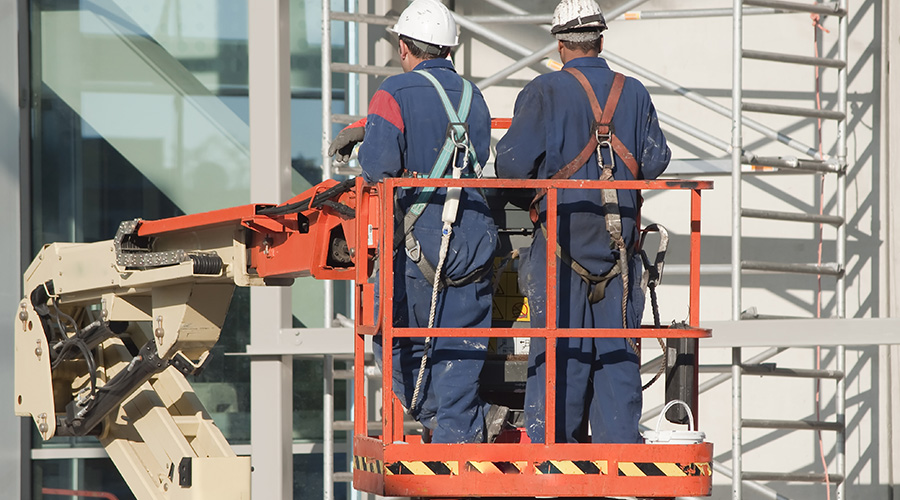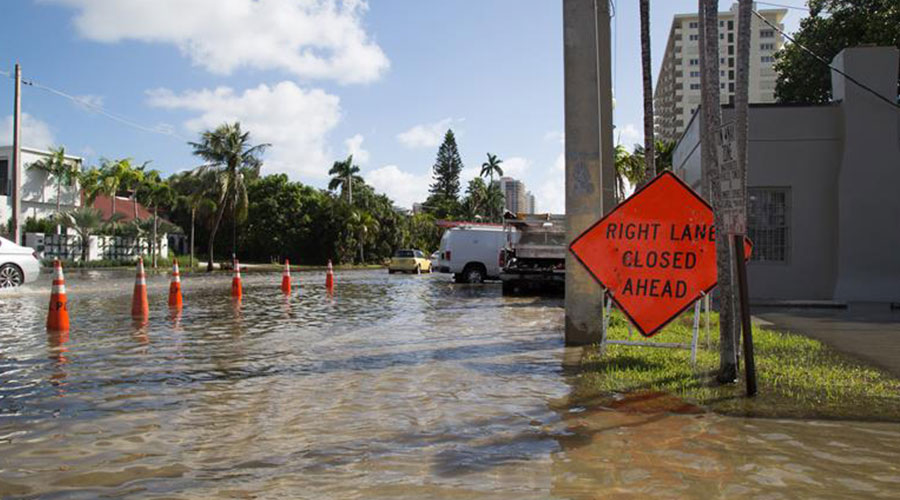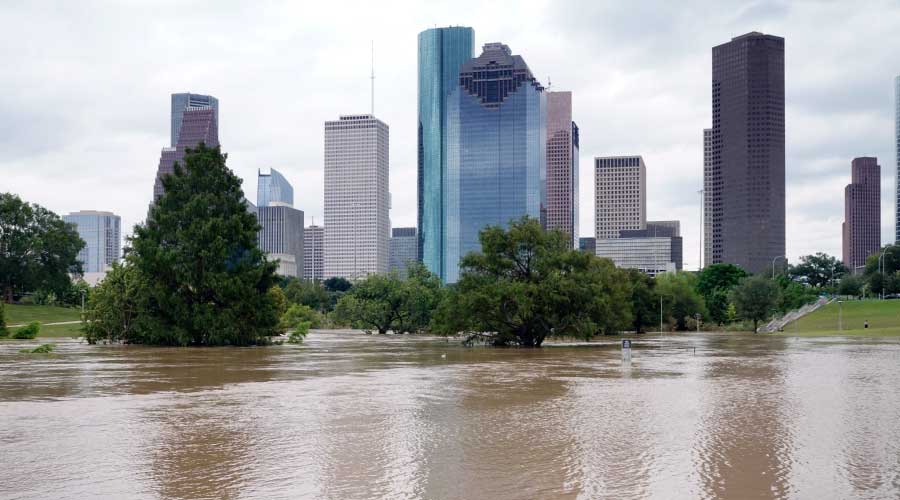Fall Protection Violations Dominate OSHA Top 10
Falls annually rank high on OSHA’s top 10 list of common violations, but managers can take steps to avoid incidents and injuries.
More than 30 years ago, when Richard Fairfax began putting together a top 10 list of the most frequently cited Occupational Safety and Health Administration (OSHA) workplace safety standards, fall-related violations were prominent.
“I actually started out with two sets of top 10s — one for general industry and one for construction,” says Fairfax, who worked for OSHA for 36 years and is a principal consultant with the National Safety Council (NSC). “And by the way, even way back then, falls was No. 1 in both lists.”
Today, there is only one list, but little has changed at the top. When OSHA revealed its top 10 list for the 2023 fiscal year at the NSC Safety Congress & Expo, general requirements for fall protection was No. 1 for the 13th consecutive year, with a total of 7,188 violations.
Fairfax says he initially included the top 10 in the talks and training he did for OSHA. Soon after, he started to present the list during the NSC’s annual international event, where interest in the list grew from a small group of individuals on the convention floor to a growing crowd that required a separate room.
The top 10 list, along with other sources, such as the North American Industry Classification System and the Bureau of Labor Statistics, can provide maintenance and engineering managers with a wealth of information and data on industry trends as well as assist in self-evaluating fall protection and prevention program in institutional and commercial buildings.
“A proactive company, in my mind, would take that information and say, ‘Okay, these are the OSHA top 10. I have a potential for problems with fall protection in my industry. Let's go back and take a look, step-by-step, of what we have in place, what we're doing, what level of training the workers are getting? Are we doing observations?’ and then, if necessary, doing a course correction on their fall protection program,” he says. “That's what I think people should be doing.”
While many managers are taking such steps, as the statistics suggest, challenges remain. Consider these statistics:
- In addition to being the top violation spot for 13 straight years, the number of violations for general requirements for fall protection were more than double the amounts of the second-highest cited standard on the OSHA top 10 list in each of the last three years.
- The 7,188 fall protection violations in 2023 was an increase of more than 30 percent from the total in 2022 and ended four straight years of decreases.
Problems linger
Despite the safety standards and requirements and available personal protective equipment, falls continue to be a significant problem for managers and employees. There are plenty of reasons why.
“Falls remain a challenge because of the human element,” says Katie Segura, corporate safety manager with Compass Group-ESFM. “We must rely on people to do the right thing for themselves and their team by wearing fall protection.
“As facility managers and safety professionals, we try to engineer out all hazards. However, we must work at heights. Because of that reality, it is important that we strive to ensure that associates wear the proper fall protection, even when no one is watching.”
Other reasons falls remain a problem include taking shortcuts to complete a job faster, inadequate training, improper use of equipment and bypassing safety procedures.
“I’ve done a lot of fatality investigations over my career related to falls and, more times than not, companies just don’t take the steps that they need to for safety and in this case, fall protection,” Fairfax says. “They don’t ensure that the workers are trained. They don’t ensure the workers are using equipment safely or that they’re using fall protection systems.”
And if an incident occurs, managers sometimes address the individual involved instead of addressing the root of the problem.
“A common mistake is that managers will deal with the specific person not wearing a harness or taking shortcuts,” Segura says. “They also need to look at the process or procedures that allowed that person to take the shortcut.”
Evaluating surroundings
When people think of fall protection and prevention, what often comes to mind are falls from ladders, scaffolding and other heights in and around facilities. But other areas in facilities are considered significant risks and are too hazardous to be overlooked.
“The most common areas for falls in facilities are stairs, open ledges, facility entrances and floor doors,” Segura says. “This is why we put a large emphasis on situational awareness and taking time to evaluate one’s surroundings.”
Then, there are falls from the same level that are classified as, “slips, trips and falls,” Fairfax says. Culprits for these types of falls can include stray objects in an unkempt workplace, unprotected cords and cables and wet floors.
“Housekeeping is a part of fall protection and prevention,” Fairfax says. “I can’t tell you the number of times people have tripped over a cord running across a walkway or someone spilled something, and it hasn’t been cleaned up, or it was cleaned up and the floor was wet and slippery.”
Frank Rigas is a freelance writer based in Sheboygan, Wisconsin.
Related Topics:













